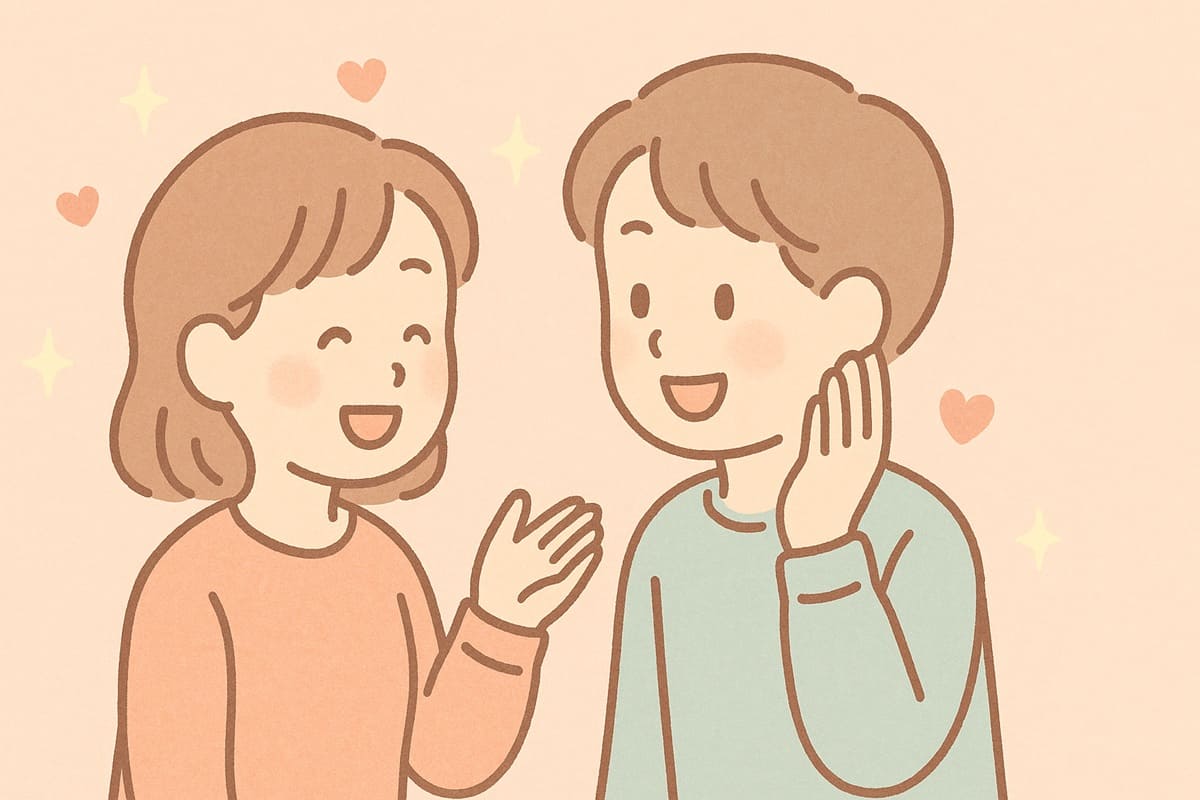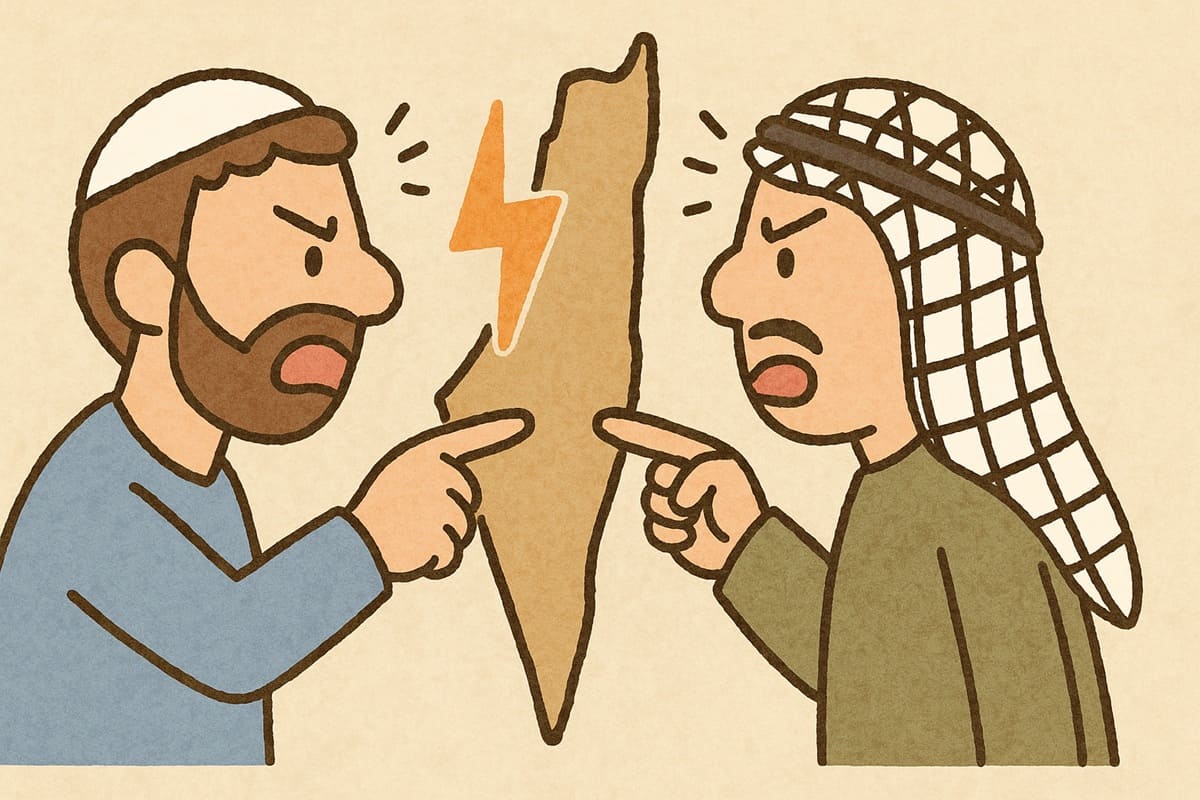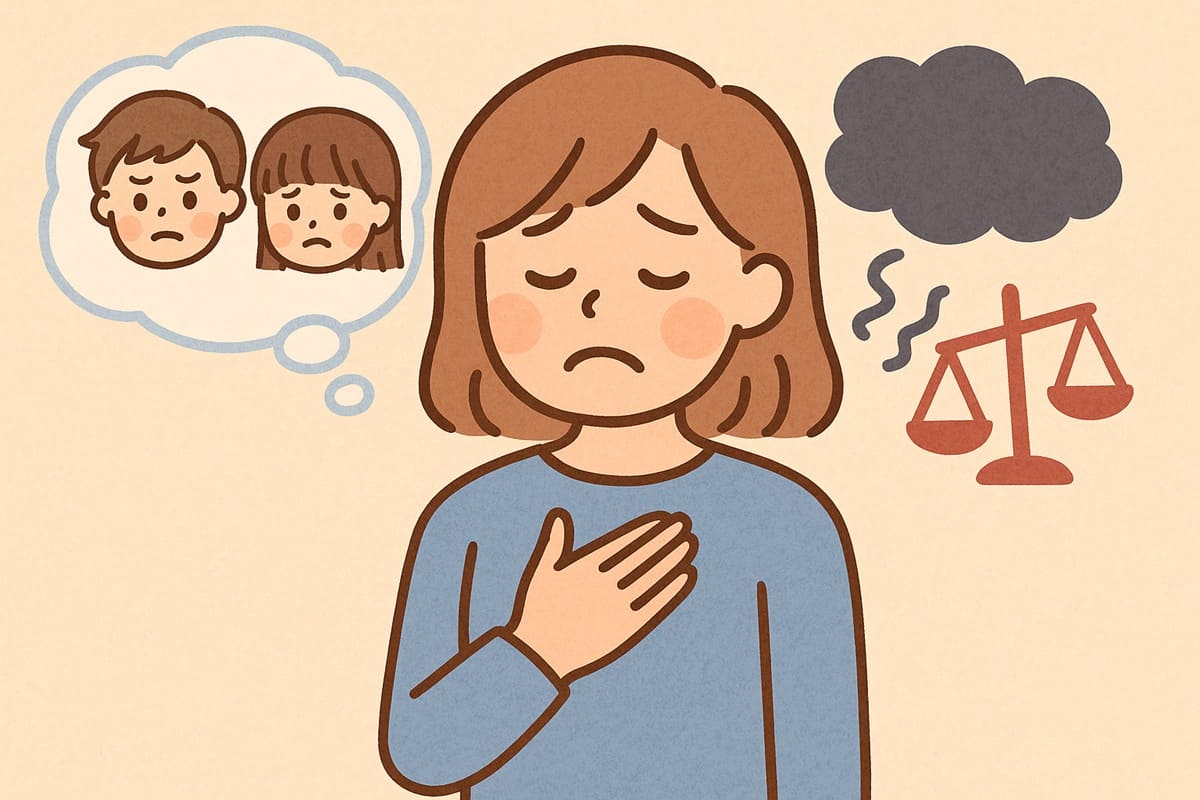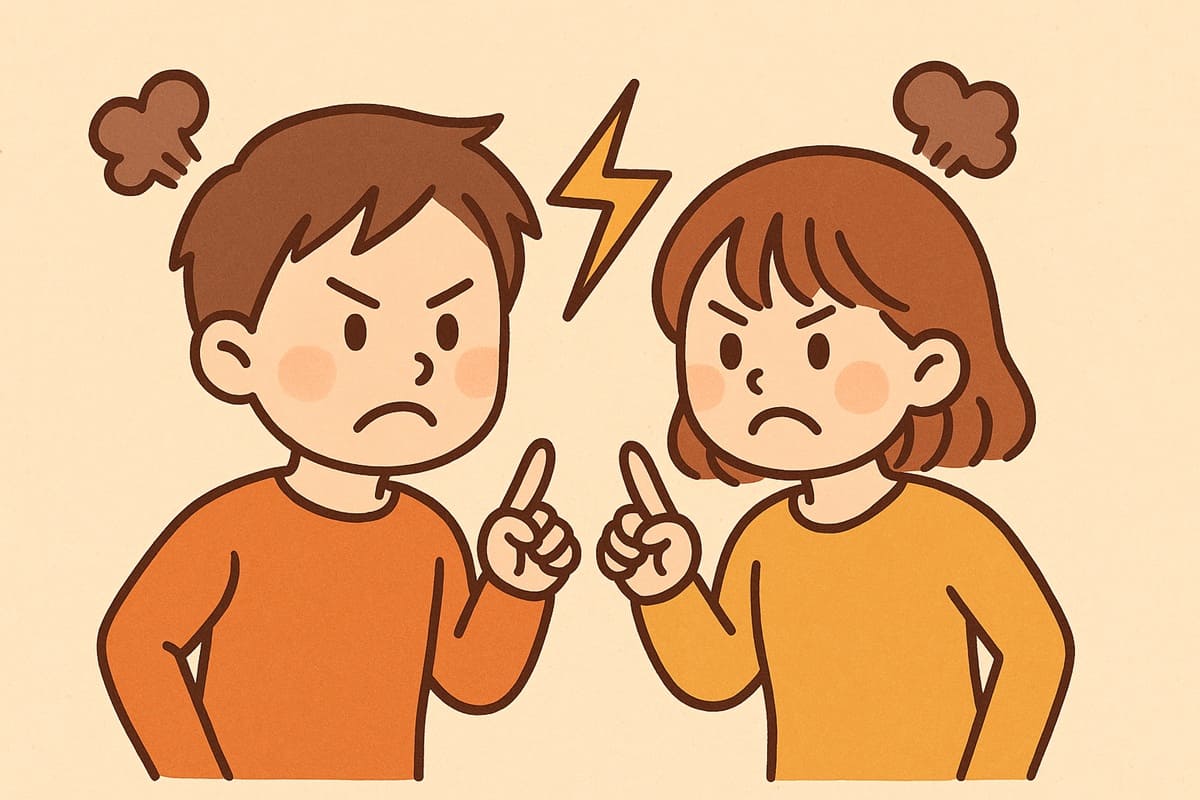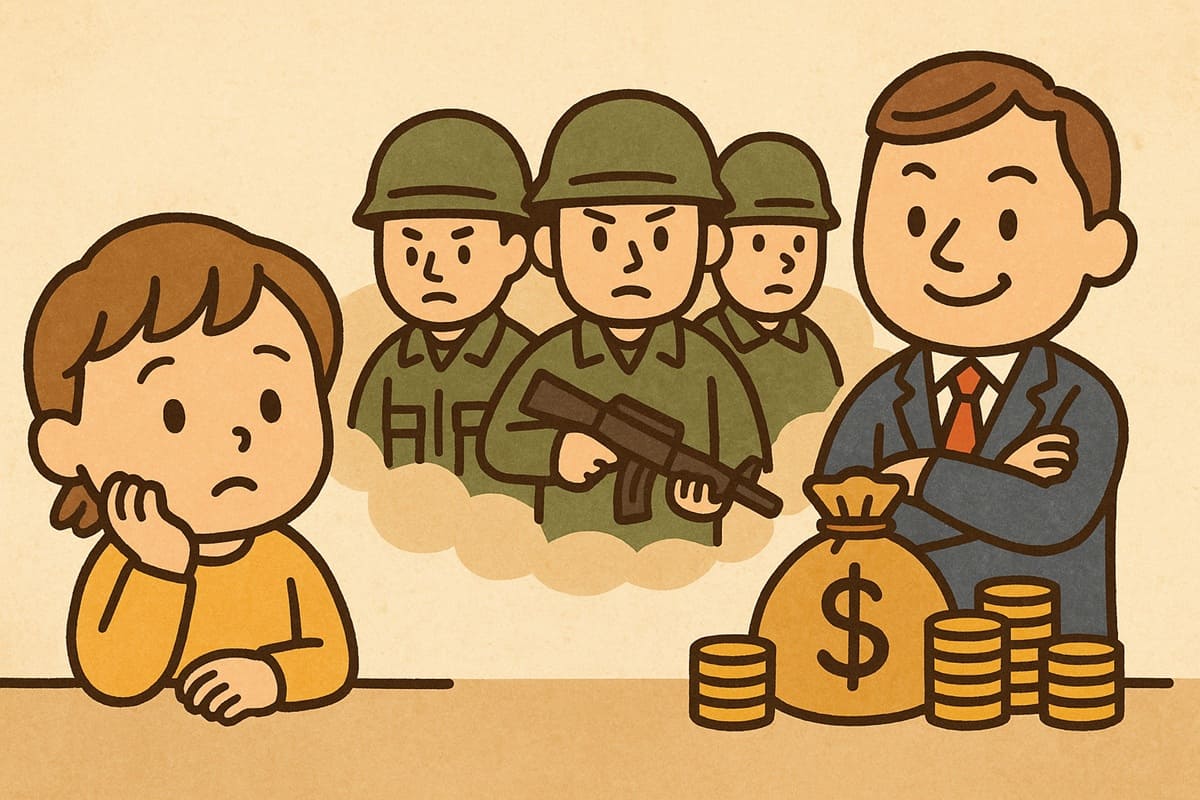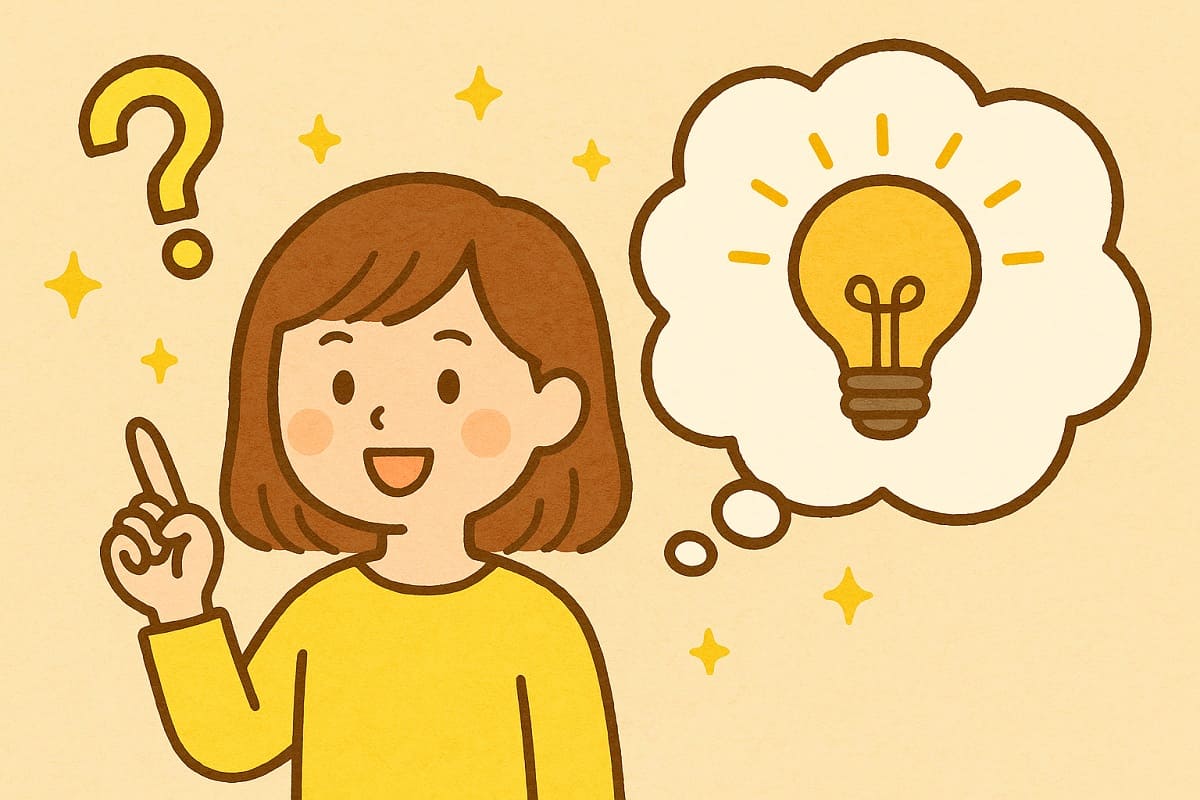How Can We Eliminate Discrimination and Prejudice? Let’s Understand “Unconscious Bias”
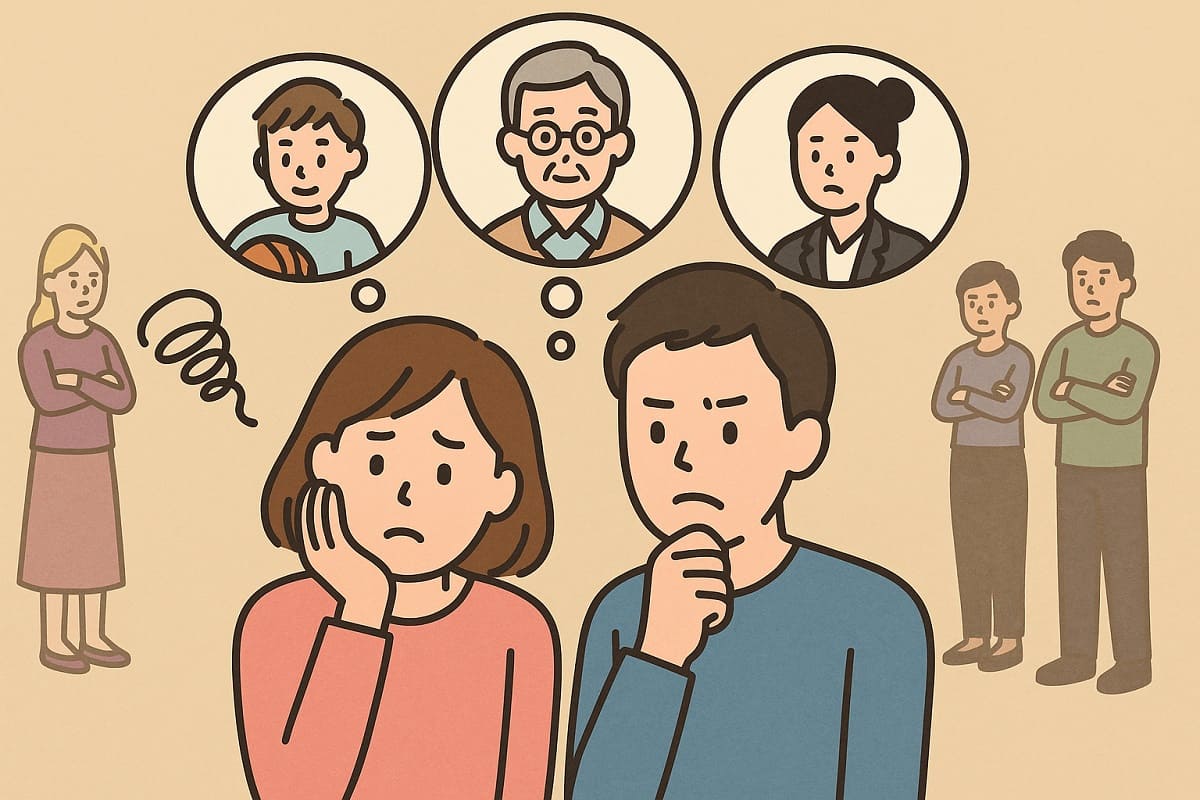
Have you ever thought something like “This person seems like they’re probably ___” or “I kind of don’t like this type of person” when meeting someone for the first time—without really knowing anything about them?
Actually, these vague assumptions can unintentionally hurt others or lead to unfair judgments.
In this article, let’s think together about “unconscious bias,” those unconscious assumptions we all carry.
What Is “Unconscious Bias”?
“Unconscious bias” means “prejudice we aren’t aware of.”
In other words, it’s a mental habit of assuming “this person must be like this” or “this is how things should be” without realizing it. For example:
- Boys are good at sports
- Girls like to chat
- Foreigners in Japan can all speak English
Even if you don’t mean any harm, do you ever find yourself automatically thinking like this?
That’s what we call unconscious bias.
Why Does Unconscious Bias Occur?
Every day, we’re exposed to a huge amount of information.
Our brains have to quickly process that information to help us act or make decisions.
In doing so, our past experiences, what we’ve seen on TV or online, and what people around us say all affect us subconsciously. This creates a mental shortcut that causes us to assume “people like this must be like that.”
This ability actually evolved to help humans survive in dangerous situations.
For example, if you see something unfamiliar, your brain quickly decides “this might be dangerous” based on past experiences—that’s how people used to protect themselves from harm.
So in a way, the ability to judge quickly helped us survive.
But in modern society, this mental shortcut can easily lead to discrimination or prejudice.
How Unconscious Bias Affects Society
Unconscious bias can cause serious problems—without us even realizing it.
For example:
- Believing women aren’t suited to be leaders
- Assuming foreigners can’t speak Japanese
- Thinking young people aren’t responsible enough for important work
These assumptions make it hard to evaluate people fairly, based on their real abilities and personality.
And when such bias adds up, it creates inequality in many areas—jobs, promotions, education, and everyday relationships—leading to a society where people struggle just to live comfortably.
Unconscious Bias, Structural Violence, and Cultural Violence
What’s more, when unconscious bias becomes deeply rooted in society, it can create invisible forms of violence.
Norwegian peace researcher Johan Galtung introduced the idea of not just direct violence (like fighting or war), but also structural violence and cultural violence.
What Is Structural Violence?
Structural violence refers to unfairness and discrimination built into the systems and structures of society.
For example, if people of a certain gender or race have fewer opportunities to get promoted, access education, or escape poverty—even if it’s not obvious—that’s structural violence.
One cause of this is unconscious bias.
If many people in society unconsciously believe things like “people like ___ aren’t suited to lead” or “people like △△ have low ability,” those biases accumulate and shape society’s systems to be unfair.
What Is Cultural Violence?
Cultural violence refers to ideas, customs, or sayings that make discrimination seem “normal” or “inevitable.”
Examples include:
- “Boys shouldn’t cry—it’s embarrassing”
- “You’re a girl, so you should behave yourself”
These kinds of sayings are examples of cultural violence.
Such words and values strengthen unconscious bias and silently influence how people think and act.
In short, unconscious bias forms the foundation of both structural and cultural violence, making inequality and discrimination harder to eliminate.
How Can We Overcome Unconscious Bias?
The first step is to realize: “I probably have bias, too.”
Everyone holds some form of unconscious bias.
That’s why it’s important to pause and reflect on your own thoughts and actions.
Here are four things you can try starting today:
① Ask Yourself: “Is That Really True?”
When you think things like “boys are ___,” “girls are ___,” or “foreigners are ___,” stop and ask yourself: “Is that really true?”
② Interact with Different People
Try talking with people who have different backgrounds or people you don’t usually interact with. You’ll encounter new perspectives and values.
③ Put Yourself in Their Shoes
Try imagining: “How would I feel if I were in their position?”
④ Adjust Your Thinking When You Notice a Bias
When you catch yourself making an assumption, ask: “Is this really right?”
If you realize it’s not, it’s okay—just change your thinking.
Conclusion
When more people become aware of unconscious bias and treat each other with compassion, many good things can happen:
- Society becomes a place where all kinds of people can thrive comfortably
- Discrimination and bullying decrease
- People learn to appreciate differences and cooperate with one another
In other words, it leads to a peaceful society where everyone can live freely and happily.
We all have unconscious bias—it’s human nature.
But the important thing is not to say “that has nothing to do with me,” but instead to think, “Maybe I should be more mindful.”
Why not start today?

